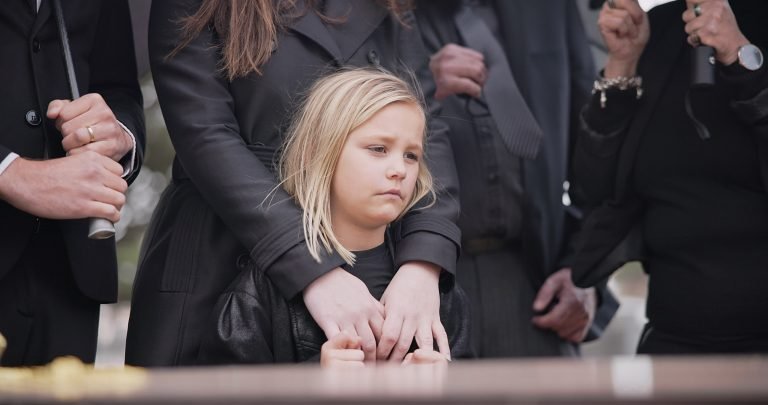Navigating the Courtroom: A Counselor’s Guide to Supporting Child Witnesses

As counselors and psychologists, we are often the unseen warriors in a child’s battle against trauma. The courtroom can be an intimidating frontier for anyone, let alone a child who has faced domestic violence. Our duty extends beyond therapeutic settings; we act as advocates and guardians of their well-being when they are most vulnerable—particularly when they must endure the ordeal of cross-examination by their perpetrators.
Understanding the Courtroom: A Primer for Child Witnesses
Demystifying the Legal Process First, we take on the task of demystifying the legal proceedings for our young clients. We employ simple language to paint a clear picture of what a courtroom is and the roles of those within it. This foundational understanding is critical for reducing anxiety and fostering a sense of predictability.
The Role of Cross-Examination We explain cross-examination sensitively, ensuring that children understand its purpose is to question the testimony’s reliability, not their personal character or worth.
Building Resilience Before the Trial
Fortifying the Mind through Preparation Resilience in the face of legal proceedings begins with comprehensive preparation. As counselors, we help children build a fortress of understanding around the events they will witness in court. This includes educating them about their rights as witnesses and the significance of their testimony. By doing so, we foster a sense of empowerment and reinforce their autonomy over the experience.
Mastery through Rehearsal We engage young clients in rehearsals that simulate the courtroom environment, demystifying the experience. Through these mock trials, children learn to articulate their thoughts with confidence and clarity. This rehearsal is not about scripting their voices but about giving them the space to find their voice within the confines of legal structures.
Nurturing Emotional Strength Equipping children with emotional coping strategies is crucial in building resilience. We introduce techniques such as mindfulness, visualization, and grounding exercises that they can call upon when feeling overwhelmed. These tools are not just for the courtroom but are life skills that will serve them well beyond.
Encouraging a Narrative of Strength In our sessions, we encourage children to view their court appearance not as a retelling of victimization but as an act of bravery. By reframing their narrative, we shift the focus from what has happened to them to their strength and resilience in standing up and speaking out.
Support Systems and Advocacy We also educate and involve caregivers in the preparation process, building a support system that extends outside the courtroom. This holistic approach ensures the child is surrounded by a community of advocates who understand the emotional toll of the trial and can offer comfort and strength.
Presence and Support During the Ordeal
The Anchor of a Counselor’s Presence When the court date arrives, our role shifts from preparatory guidance to being a steadfast presence. Our mere presence in the courtroom can serve as a cornerstone of stability for the child. Like a lighthouse guiding ships through tumultuous seas, we offer a sense of safety and reassurance that can be grounding for a child in the throes of legal proceedings.
Communicating Comfort without Words In the courtroom, where every word and gesture is scrutinized, our support takes on a silent form. Prior to the trial, we establish a repertoire of subtle signals with the child—perhaps a nod or a smile—that can be employed to bolster their confidence. These nonverbal cues act as gentle whispers of encouragement, helping to fortify the child against the waves of cross-examination.
The Counselor as a Symbol of Support To the child, our role is multifaceted; we are their counselor, their advocate, and their silent cheerleader. In the structured and often sterile environment of the courtroom, our supportive presence is a symbol of the trust and rapport we’ve built. It’s a visual and emotional reminder to the child that the courtroom is not a battleground they face alone, but rather, a stage where their story is heard and validated.
Ensuring Continuity of Care Our involvement doesn’t pause at the courtroom door. We remain connected with the child throughout the process, ready to provide continuity of care. This enduring connection reinforces the child’s resilience, reminding them that the support they rely on will persist beyond the trial’s conclusion.
Affirming and Validating Post-Cross-Examination
The Power of Debriefing After the rigors of cross-examination, the child’s emotions may be a tempest of relief and distress. It is during this critical period that our role as counselors becomes a harbor for their storm. We offer a debriefing session — a chance to decompress, to voice their unrest or relief, and to begin making sense of the experience. Our attuned listening allows us to affirm their feelings, whatever they may be, and validate their experiences as real and significant.
Recognizing Resilience In these post-testimony conversations, we shine a light on the child’s courage. We celebrate their resilience, not just in facing the courtroom but in standing up against their trauma. This recognition can be pivotal in their understanding of their own strength, helping to reshape their self-image from one of victimhood to one of valiant resilience.
A Journey Through Emotions We recognize that the courtroom experience can stir a complex mix of emotions. Our counseling space becomes a safe haven where these emotions can be expressed and explored without judgment. Through therapeutic techniques, we guide the child in acknowledging and processing their feelings, whether it’s fear, anger, sadness, or relief.
Continuing Care and Recovery The end of the trial is not the end of our commitment. We stand by the child as they continue on their path of healing, offering our support and expertise. We collaborate with caregivers, schools, and other support systems to create a comprehensive recovery plan. This plan may include ongoing therapy, support groups, or other community resources, all aimed at facilitating a journey of healing that restores their sense of safety and well-being.
Empowering Beyond the Courtroom Our ultimate goal is to empower the child to reclaim their narrative beyond the context of their trauma. We encourage the development of new interests, skills, and friendships that contribute to their sense of identity and agency. In doing so, we help them to close the chapter of the courtroom experience and to open new doors to a future where they can thrive.
Advocacy and Collaboration for Systemic Change
Advocating for Legal Reforms As mental health professionals, we lend our voices to advocate for legal reforms that protect children from being retraumatized by their abusers in court. We call for a system that prioritizes the mental health and safety of the youngest and most impressionable witnesses.
Partnerships with Legal Teams Collaboration with legal professionals is essential. We work together to ensure they are informed of the psychological impact these proceedings can have on children. By fostering this understanding, we encourage a more empathetic and trauma-informed legal process.
Conclusion
The path we walk as counselors and psychologists is one of profound responsibility. When a child must face their abuser, we stand with them, not just as professionals, but as allies, as champions of their inherent worth and resilience. It is within our capacity—and indeed, our duty—to ensure that their voices are heard, their experiences validated, and their personhood protected within the often-intimidating walls of the justice system.
I urge you, my colleagues, to join me in this vital dialogue. Share your insights, your strategies, and your stories. By pooling our collective wisdom and experience, we strengthen our capacity to support these young individuals who rely on us to guide them through one of the most daunting experiences of their young lives. Together, we can advocate for a system that not only seeks justice but also safeguards the well-being of those it seeks to protect.














